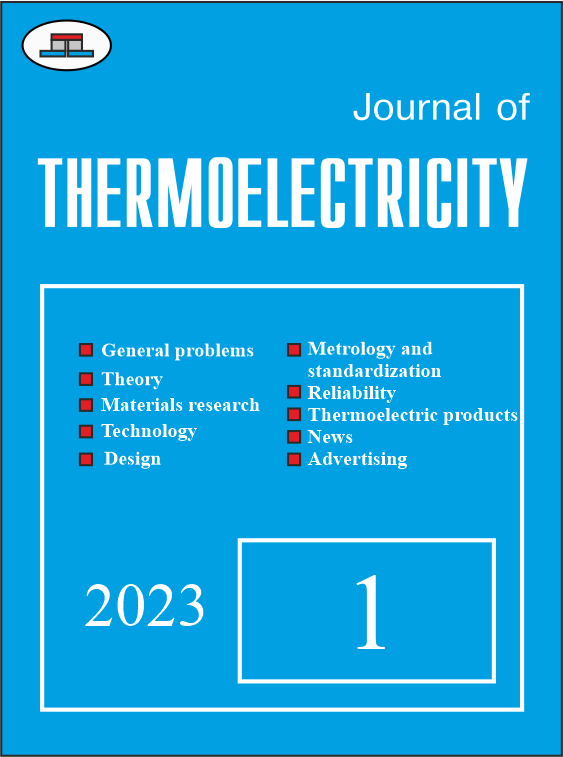Computer design of a thermoelectric pulmonary air condenser for the diagnostics of coronavirus and other diseases
DOI:
https://doi.org/10.63527/1607-8829-2023-1-55-65Keywords:
diagnostics, coronavirus, condensate, exhaled air, thermoelectric coolingAbstract
The physical model of a thermoelectric device for collecting exhaled air condensate is considered. By means of computer simulation, the distribution of temperature and velocity of air movement in the working chamber of the device was determined depending on the temperature of the working chamber, as well as humidity, temperature and volume of exhaled air. The results of calculations of the cooling efficiency of thermoelectric modules, necessary to ensure the specified modes of operation of the device, are given.
References
John Hunt. (2007). Exhaled breath condensate – an overview. Immunol Allergy Clin North Am., 27 (4). 587 – 596.
Hunt J. (2002). Exhaled breath condensate: An evolving tool for noninvasive evaluation of lung disease. J Allergy Clin Immunol, 110(1):28 – 34.
Horvath I., Hunt J. and Barnes P.J. (2005). Exhaled breath condensate: methodological recommendations and unresolved questions. Eur Respir J, 26: 523 – 548.
Reinhold P, Langenberg A, Becher G, Rothe M. (1999). Breath condensate – a medium obtained by a noninvasive method for the detection of inflammation mediators of the lung. Berl Munch Tierarztl Wochenschr, 254 – 259.
Efstathia M. Konstantinidi, Andreas S. Lappas, Anna S. Tzortzi, and Panagiotis K. Behrakis. Exhaled breath condensate: technical and diagnostic aspects (2015). Scientific World Journal. V 2015, Article ID 435160, 25 pages.
Mansour, Elias & Vishinkin, Rotem & Rihet, Stéphane & Saliba, Walaa & Fish, Falk & Sarfati, Patrice & Haick, Hossam. (2019). Measurement of temperature and relative humidity in exhaled breath. Sensors and Actuators B Chemical. 127371. 10.1016/j.snb.2019.127371.




